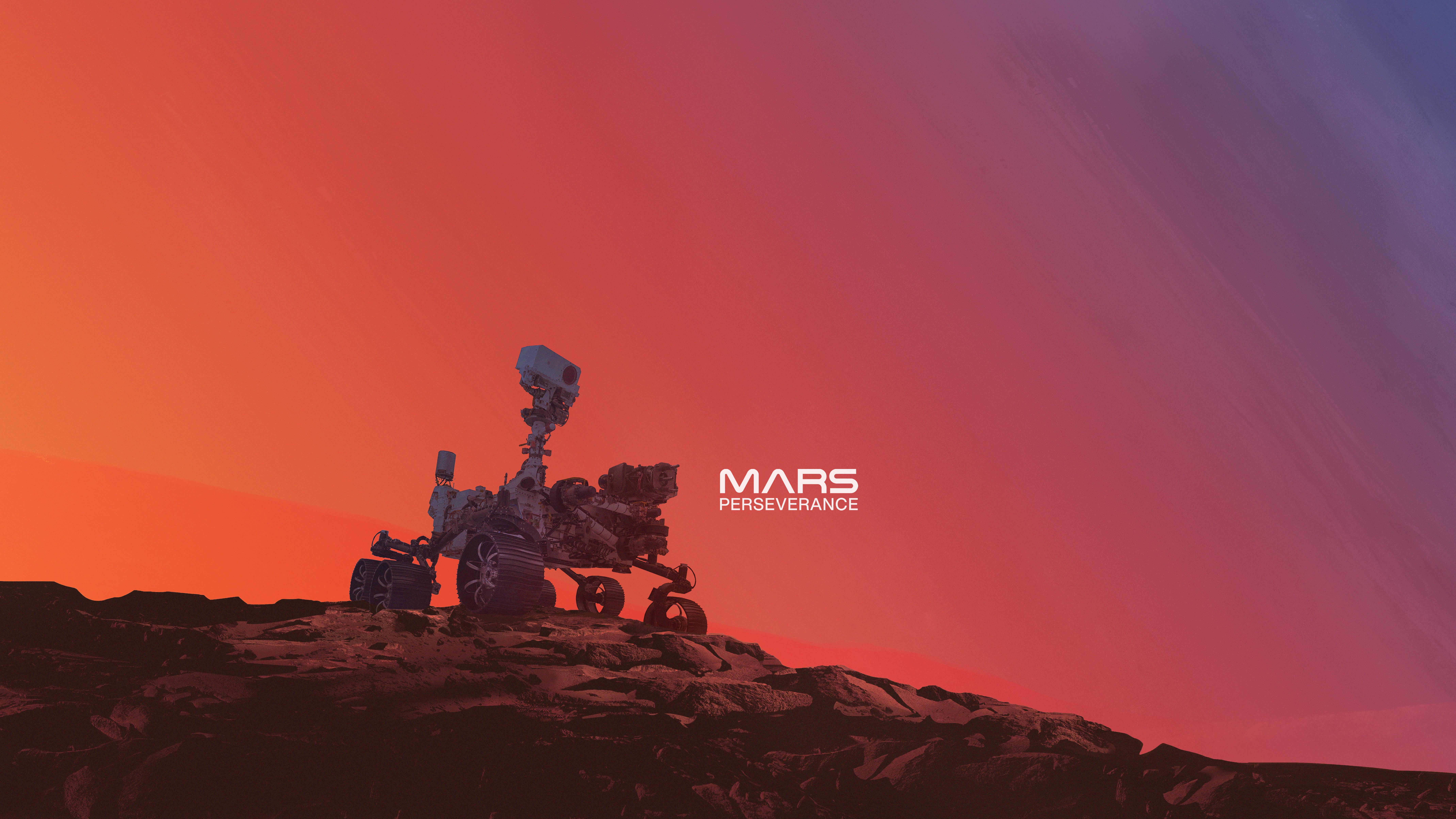
There are lots of articles and essays about scientific research and discovery that are of interest to modern Pagans, Heathens, and polytheists out there, more than our team can write about in-depth in any given week. Therefore, The Wild Hunt must unleash the hounds to round them all up. Here are our favorite picks this month
GENEVA – Earlier this month CERN, the European Council for Nuclear Research (in French Conseil Européen pour la Recherche Nucléaire) announced the discovery of four new subatomic particles, or hadrons.
Since 2009 when it first began colliding protons, the particles that make up the atomic nucleus along with neutrons, the Large Hadron Collider (LHC) has been used to identify a total of 59 new particles, including the Higgs boson particle which resulted in a Nobel prize in Physics being awarded to François Englert and Peter Higgs in 2013.

CERN Large Hadron Collider (2008) – Image credit: Chris Mitchell – CC BY-SA 4.0
The LHC is the world’s most powerful accelerator which functions by smashing charged particles like protons or electrons either against other particles, which are circulating in the opposite direction or into a target.
These collisions result in the energy being transformed into matter in the form of new particles. Physicists study these collisions and the particles they produce, are working to increase the understanding of matter and of the origins of the Universe.
The Standard Model of Particle Physics divides particles into two categories: fermions which are matter particles, and bosons are force carriers, which basically are what holds matter together.

By MissMJ, Cush – PBS NOVA (1), Fermilab, Office of Science, United States Department of Energy, Particle Data Group, Public Domain
The new particles discovered are all a type of quarks, known as tetraquarks. As for what this latest discovery means, many aspects of hadrons and how they interact are still not agreed upon or completely understood by researchers. It is still a mystery as to how these quarks are bound together by a strong force.
As more hadrons or particles are discovered, it allows researchers to have a better understanding of what nature considers as acceptable pairs of quarks that can be bound together, and also offers insight into what nature does not like. The ability of scientists to measure the mass and other properties of individual hadrons, the more it helps further their understanding of matter, the strong force that binds particles together, and the laws of nature.
TWH – The latest Mars rover, Perseverance, has been making news since its precision landing on the surface of the planet.

Image credit: NASA/JPL-Caltech – Public Domain
Earlier this month NASA announced that Perseverance’s team had collaborated with the Navajo Nation to use the Navajo language to name specific features on Mars or “Máaz” in the tribal language. While the International Astronomical Union is responsible for choosing the official names for planetary features, more informal names are used by the team members as references to track the thousands of geographical features explored on the surface.
Prior to the launch, and touchdown of the rover to the landing site in Jezero Crater, the team had separated the surface into 1-mile square grids that they named after National Parks and preserves that had similar geology. Where Perseverance touched down was in the quadrant named for Canyon de Chelly National Monument (Tséyi’ in Navajo) in Arizona, the very heart of the Navajo Nation.
A Navajo engineer on the team, Aaron Yazzie of NASA’s Jet Propulsion Laboratory in Southern California, worked with scientists to seek permission from the Navajo Nation to use the Navajo language for naming new features and to compile a list of names.
Members of the Navajo Nation that included, including Nation President Jonathan Nez, and Vice President Myron Lizer, as well as other advisors, provided the Perseverance team with a starting list of 50 names. Even the rover’s name was translated into Navajo, “Ha’ahóni.”
“The partnership that the Nez-Lizer Administration has built with NASA will help to revitalize our Navajo language,” said Navajo Nation President Jonathan Nez. “We hope that having our language used in the Perseverance mission will inspire more of our young Navajo people to understand the importance and the significance of learning our language. Our words were used to help win World War II, and now we are helping to navigate and learn more about the planet Mars.”
Another interesting aspect to this is that in order to successfully use Navajo names to identify features, Perseverance or “Ha’ahóni” itself also had to be “taught” the Navajo language.
One initial problem was that the accent marks used within the English alphabet that provide guidance for intonation and pronunciation of the Navajo language cannot be used in the computer programming for Perseverance. The words will be in English without the punctuations but will be a close as they can to resembling the Navajo words.
“This fateful landing on Mars has created a special opportunity to inspire Navajo youth not just through amazing scientific and engineering feats, but also through the inclusion of our language in such a meaningful way,” Yazzie said.
The other scientists on Perseverance’s team embraced the opportunity to learn some of the Navajo language words and their meanings.
“This partnership is encouraging the rover’s science team to be more thoughtful about the names being considered for features on Mars – what they mean both geologically and to people on Earth,” Deputy Project Scientist Katie Stack Morgan said.
The impact for the Navajo Nation could be profound and create resonance and inspiration for future generations.
“We are very proud of one of our very own, Aaron Yazzie, who is playing a vital role in NASA’s Mars 2020 Perseverance Mission,” President Nez said. “We are excited for the NASA team and for Aaron and we see him as being a great role model who will inspire more interest in the STEM fields of study and hopefully inspire more of our young people to pursue STEM careers to make even greater impacts and contributions just as Aaron is doing. As the mission continues, we offer our prayers for continued success.”
Last week researchers revealed imagery that defines and makes visible the magnetic fields surrounding a massive black hole in the center of galaxy Messier 87 (M87) that was first photographed two years ago in 2019 by the Event Horizon Telescope (EHT) team.
By being able to measure the polarization of the light, researchers gain better insight into understanding how magnetic fields behave around black holes. Understanding that alone could help pave the way for scientists to understand the phenomenon of black holes that both pull in or “eat” matter and launch powerful jets of energy from their cores.
The black hole at the heart of the M87 galaxy which is 55 million light-years away, emits jets of energy and matter from its core that extend at least 5,000 light-years out from its center.
Iván Martí-Vidal, also Coordinator of the EHT Polarimetry Working Group and GenT Distinguished Researcher at the Universitat de València, Spain explained, “This work is a major milestone: the polarisation of light carries information that allows us to better understand the physics behind the image we saw in April 2019, which was not possible before.”
The EHT teams explained in their media release the factor of using polarized light and how it allows for greater mapping of the magnetic fields:
Light becomes polarised when it goes through certain filters, like the lenses of polarised sunglasses, or when it is emitted in hot regions of space that are magnetised. In the same way polarised sunglasses help us see better by reducing reflections and glare from bright surfaces, astronomers can sharpen their vision of the region around the black hole by looking at how the light originating from there is polarised. Specifically, polarisation allows astronomers to map the magnetic field lines present at the inner edge of the black hole.
Over 300 researchers from Africa, Asia, Europe, North and South America collaborated on the project and their findings were published in The Astrophysical Journal last Wednesday in two separate papers.
NASA released new information concerning the asteroid, 99942 Apophis over the past weekend. When discovered in 2004, Apophis was originally considered to be one of the most dangerous for having a probability of actually hitting the earth.
Recently the use of powerful radar observations when Apophis did a distant pass of 10.6 million miles from earth earlier this month, coupled with more precise orbit analysis helped astronomers determine that the asteroid poses no threat to the planet for at least another century.
Apophis which measures approximately 1,000 feet (340 meters) across was originally forecast to come “uncomfortably close” to the earth.
On April 2029 Apophis will come within less than 20,000 miles (32,000 kilometers) of the earth’s surface and will be “visible to observers on the ground in the Eastern Hemisphere without the aid of a telescope or binoculars.”
For astronomers, Apophis passing so close is an “unprecedented opportunity … to get a close-up view of a solar system relic that is now just a scientific curiosity and not an immediate hazard to our planet.”
The Wild Hunt is not responsible for links to external content.
To join a conversation on this post:
Visit our The Wild Hunt subreddit! Point your favorite browser to https://www.reddit.com/r/The_Wild_Hunt_News/, then click “JOIN”. Make sure to click the bell, too, to be notified of new articles posted to our subreddit.
